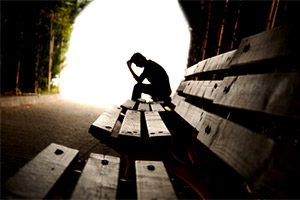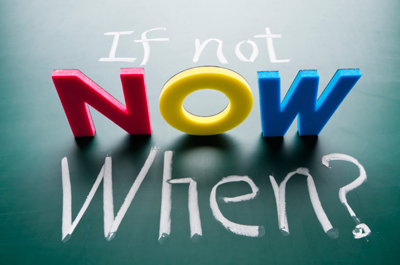Everyone is responsible for their own actions, but this does not necessarily mean that people are always aware of their behaviours, as we only see the world through the lens of our own experiences and belief systems. So to an abuser (and to an abused person) it may appear to them that all is normal. This can be because to them, their actions of abusing is normal in their personal zones of familiarity and because they view it as normal behaviour, they are not necessarily aware that their behaviour is anything other than normal.
 In this unconscious way of being, it does not absolve us of our responsibilities and the onus is on the individual to address the harm they have caused by their behaviour. In saying this though, it is not always easy to begin to resolve a state such as this; if someone does not recognise their behaviour as abusive, how then do they acknowledge its existence in the first place and if they don’t recognise it and acknowledge it, how do they then move on to the next step of having the willingness to do something about it.
In this unconscious way of being, it does not absolve us of our responsibilities and the onus is on the individual to address the harm they have caused by their behaviour. In saying this though, it is not always easy to begin to resolve a state such as this; if someone does not recognise their behaviour as abusive, how then do they acknowledge its existence in the first place and if they don’t recognise it and acknowledge it, how do they then move on to the next step of having the willingness to do something about it.
The other thing to consider here is that there are those that behave in an abusive manner with a sense of understanding and knowing. This is a very different scenario altogether. Although it is important to consider that the driving mechanisms of such behaviours could still very possibly have roots in what lays out of the view of their conscious awareness.
Unfortunately, recognising that you may be in an abusive situation can be a challenge and confusing to identify. There are however some characteristics worth looking out for if you feel you are being abused.
- You feel you are being abused.
- The abuser does not want to discuss opinions with you and or listen to anyone who does not agree with them.
- You detect underlying threats contained in many of their communications.
- You feel manipulation, coercion or even blackmail tactics are used to get a desired outcome from you.
- The abuser has polarised or concrete thinking, demanding that others do what they deem to be the “only way”.
- You feel that the abuser is promoting social isolation and that you are being discouraged from seeing your friends, family or any form of social interaction.
- You have felt, feel or often feel fearful.
- You are beginning to make unreasonable and / or illogical excuses for the abusers behaviour against you.
- You have felt, feel or often feel a trepidation of the abuser, a feeling of ‘walking on eggshells’ as a result of never knowing what is going to happen next.
 The most important part of abuse spotting is the act of recognition. Without this first step it is unlikely that the following steps of acknowledgment and action are ever likely to occur, so the patterns of behaviour being used against you and your acceptance of them, will more often than not be repeated time and time again. This is because it is important to understand that by allowing the situation to continue is in essence making you complicit and until actions are taken to change the situation, the abuse will more often than not continue.
The most important part of abuse spotting is the act of recognition. Without this first step it is unlikely that the following steps of acknowledgment and action are ever likely to occur, so the patterns of behaviour being used against you and your acceptance of them, will more often than not be repeated time and time again. This is because it is important to understand that by allowing the situation to continue is in essence making you complicit and until actions are taken to change the situation, the abuse will more often than not continue.
Once you have acknowledged that you are in an abusive situation there are important steps to take to remove yourself. The most important of which is the recognition that our lives are determined by the choices we make. We can choose to allow ourselves to remain in a situation we are not happy with, or we can choose to remove ourselves.
We entirely acknowledge that by saying you have a choice is an extremely simplified perspective on what can be an incredibly challenging situation. As with all change, things are achieved one step at a time and the important first step in an abusive situation is deciding to take personal responsibility and remove yourself from the abuse.
We also entirely acknowledge that removing yourself from an abusive situation may not be easy and we are not belittling this act on any level. This is the first step of many where we encourage you to start looking within and to start acknowledging your own self-worth and what you are willing to accept for yourself.
There are no step-by-step guides to follow here as everyone’s personal circumstances and situations have their own intricacies. A good first step however, and the one we will leave you with here; look in the mirror every morning and ask yourself, are you where you want to be? Are you happy? And what can you do differently. If the answers are ‘no’ to any or all of these questions, then take a look at our blog 6 steps on how to create real change



























